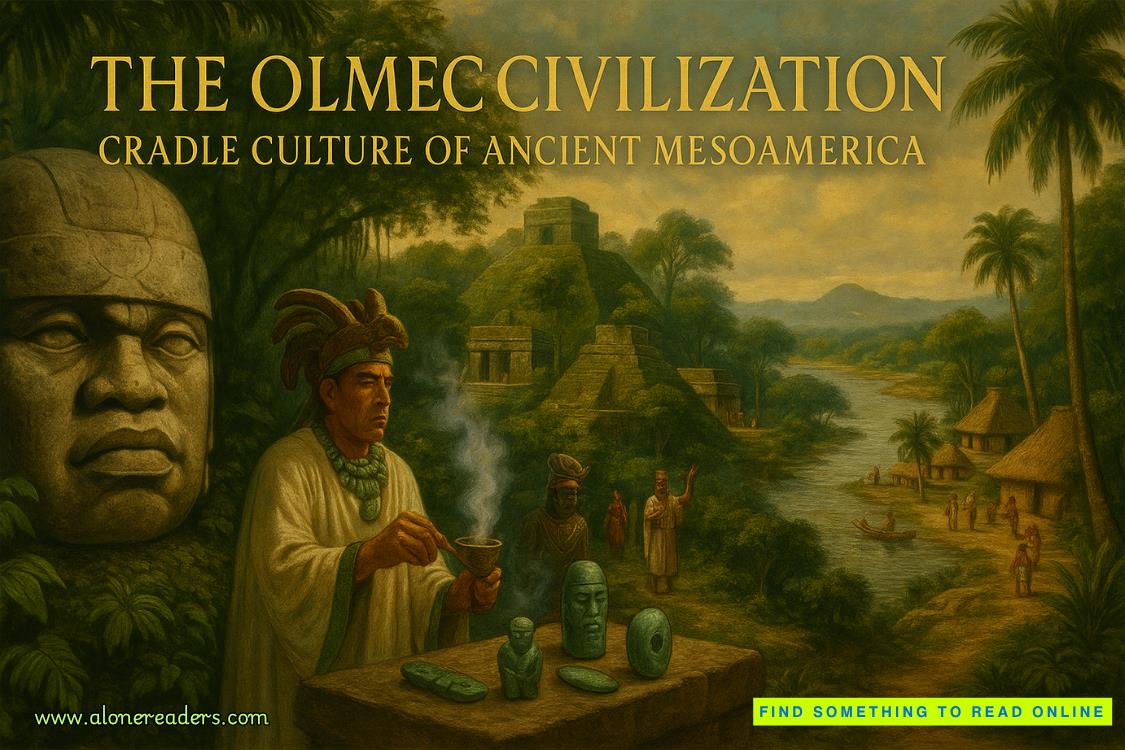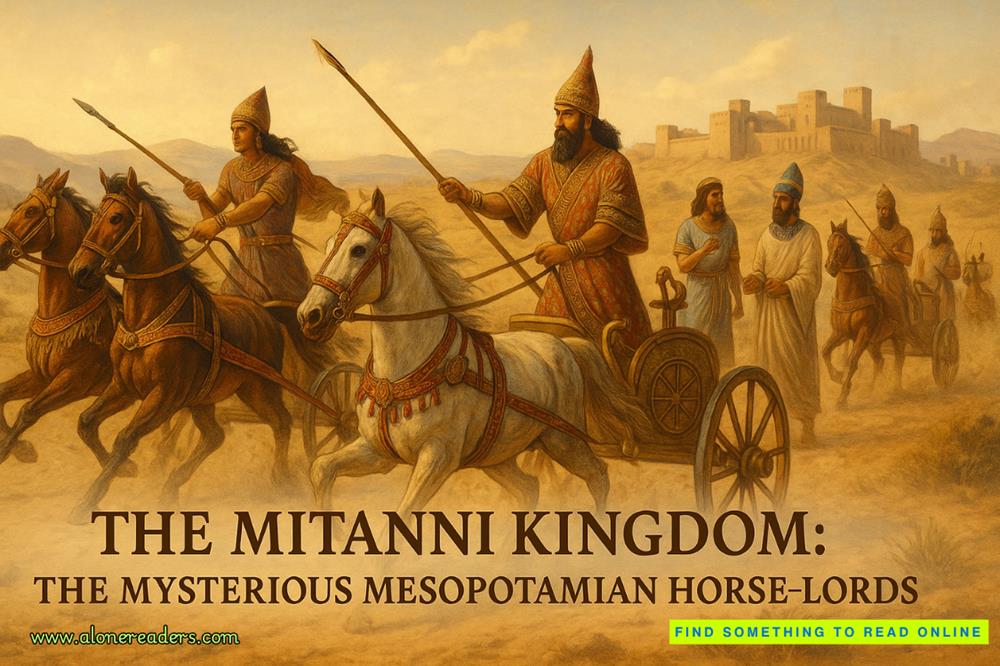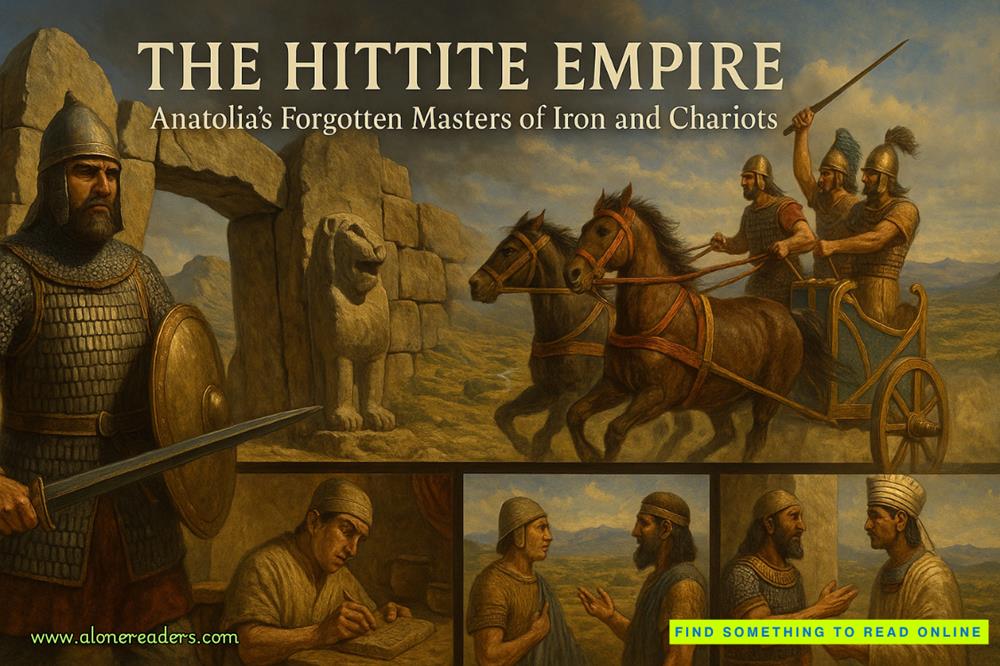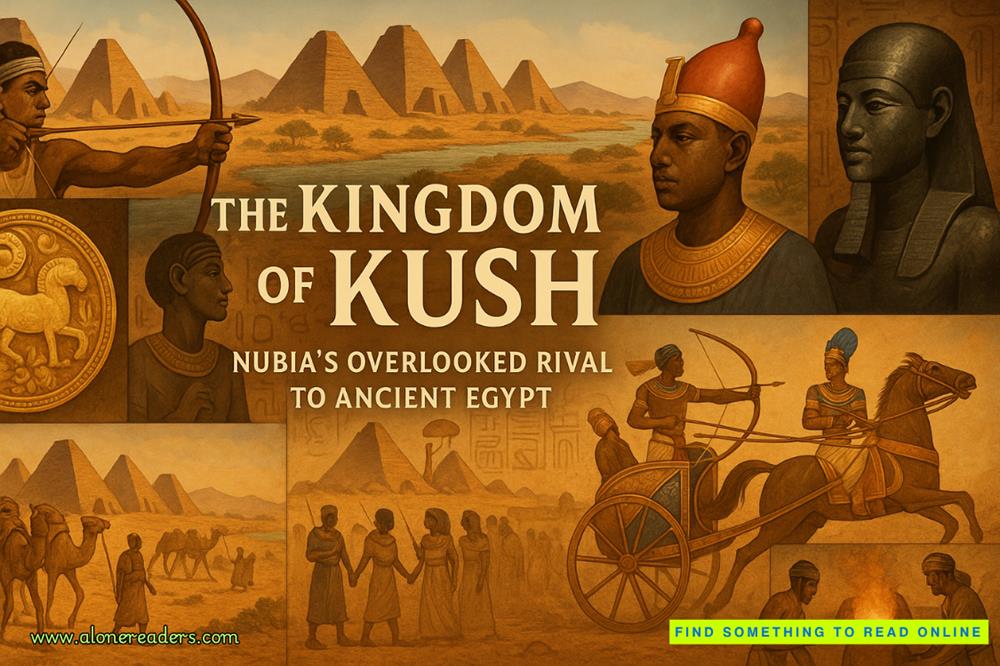Page 2 of Inca Gold (Dirk Pitt 12)
It was whispered the golden warriors' guardian, the winged jaguar/serpent, had devoured the inquisitive men who trespassed its sanctuary, and no one ever again dared risk its wrath by setting foot on the island. There was an eerie quality, almost a ghostliness about the island. It became a sacred place that was only mentioned in hushed voices and never visited.
Who were the warriors in gold and where did they come from? Why had they sailed into the inland sea and what did they do there? The witnesses had to accept what they had seen, no explanation was possible. Without knowledge the myths were born. Legends were created and nurtured when the surrounding land was shaken by an immense earthquake that destroyed the shoreline villages. When, after five days, the tremors finally died away, the great inland sea had vanished, leaving only a thick ring of shells on what was once a shoreline.
The mysterious intruders soon wove their way into religious tradition and became gods. Through time, stories of their sudden manifestation and disappearance grew and then eventually faded until they were but a bit of vague supernatural folklore handed down from generation to generation, by a people who lived in a haunted land where unexplained phenomena hovered like smoke over a campfire.
CATACLYSM
March 1, 1578
West Coast of Peru
Captain Juan de Anton, a brooding man with castilian green eyes and a precisely trimmed black beard, peered through his spyglass at the strange ship following in his wake and raised his eyebrows in mild surprise. A chance encounter, he wondered, or a planned interception?
On the final lap of a voyage from Callao de Lima, de Anton had not expected to meet other treasure galleons bound for Panama, where the king's wealth would be packed aboard mules for a journey across the isthmus, and then shipped over the Atlantic to the coffers of Seville. He perceived a trace of French design in the hull and rigging of the stranger trailing his wake a league and a half astern. If he had been sailing the Caribbean trade routes to Spain, de Anton would have shunned contact with other ships, but his suspicions cooled slightly when he spied an enormous flag streaming from a tall staff on the stern. Like his own ensign, snapping tautly in the wind, it sported a white background with the rampant red cross of sixteenth-century Spain. Still, he felt a trifle uneasy.
De Anton turned to his second-in-command and chief pilot, Luis Tomes. "What do you make of her, Luis?"
Tomes, a tall, clean-shaven Galician, shrugged. "Too small for a bullion galleon. I judge her to be a wine merchantman out of Valparaiso heading for port in Panama the same as we."
"You do not think there is a possibility she might be an enemy of Spain?"
"Impossible. No enemy ships have ever dared attempt the passage through the treacherous labyrinth of the Magellan Strait around South America."
Reassured, de Anton nodded. "Since we have no fear of them being French or English, let us put about and greet them."
Torres gave the order to the steersman, who sighted his course across the gun deck from under a raised trunk on the deck above. He manhandled a vertical pole that pivoted on a long shaft that turned the rudder. The Nuestra Senora de la Concepcion, the largest and most regal of the Pacific armada treasure galleons, leaned onto her port side and came around on a reverse course to the southwest. Her nine sails filled from a swift, easterly offshore breeze that pushed her 570-ton bulk through the rolling swells at a comfortable five knots.
Despite her majestic lines and the ornate carvings and colorful art designs painted on the sides of her high stern and forecastle, the galleon was a tough customer. Extremely rugged and seaworthy, she was the workhorse of the oceangoing vessels of her time. And if need be, she could slug it out with the best privateers a marauding sea nation could throw at her to defend the precious treasure in her cargo holds.
To the casual eye, the treasure galleon looked to be a threatening warship bristling with armament, but surveyed from the inside she could not conceal her true purpose as a merchant ship. Her gun decks held ports for nearly fifty four-pound cannon. But lulled by the Spanish belief that the South Seas were their private pond, and the knowledge that none of their ships had ever been attacked or captured by a foreign raider, the Concepcion was lightly armed with only two guns to reduce her tonnage so she could carry heavier cargo.
Now feeling that his ship was in no danger, Captain de Anton casually sat on a small stool and resumed peering through his spyglass at the rapidly approaching ship. It never occurred to him to alert his crew for battle just to be on the safe side.
He had no certain foreknowledge, not even a vague premonition that the ship he had turned to meet was the Golden Hind, captained by England's indefatigable seadog, Francis Drake, who stood on his quarterdeck and calmly stared back at de Anton through a telescope, with the cold eye of a shark following a trail of blood.
"Damned considerate of him to come about and meet us," muttered Drake, a beady-eyed gamecock of a man with dark red curly hair complemented by a light sandy beard that tapered to a sharp point under a long swooping moustache.
"The very least he could do after we've chased his wake for the past two weeks," replied Thomas Cuttill, sailing master of the Golden Hind.
"Aye, but she's a prize worth chasing."
Already laden with gold and silver bullion, a small chest of precious stones, and valuable linens and silks after capturing a score of Spanish ships since becoming the first English vessel to sail into the Pacific, the Golden Hind, formerly named the Pelican, pounded through the waves like a beagle after a fox. She was a stout and sturdy vessel with an overall length of about 31 meters (102 feet) and a displacement tonnage of 140. She was a good sailor and answered the helm well. Her hull and masts were far from new, but, after a lengthy refit at Plymouth, she had been made ready for a voyage that was to take her 55,000 kilometers (over 34,000 miles) around the world in thirty-five months, in one of the greatest sea epics of all time.
"Do you wish to cut across her bow and rake the Spanish jackals?" Cuttill inquired.
Drake dropped his long telescope, shook his head, and smiled broadly. "The better part of courtesy would be to trim sail and greet them like proper gentlemen."
Cuttill stared uncomprehending at his audacious commander. "But suppose they've put about to give battle?"
"Not damned likely her captain has a notion as to who we are."
"She's twice our size," Cuttill persisted.
"According to the sailors we captured at Callao de Lima, the Concepcion carries only two guns. The Hind boasts eighteen."
"Spaniards!" Cuttill spit. "They lie worse than the Irish."
Drake pointed at the unsuspecting ship approaching bow on. "Spanish ship captains run rather than fight," he reminded his feisty subordinate.















